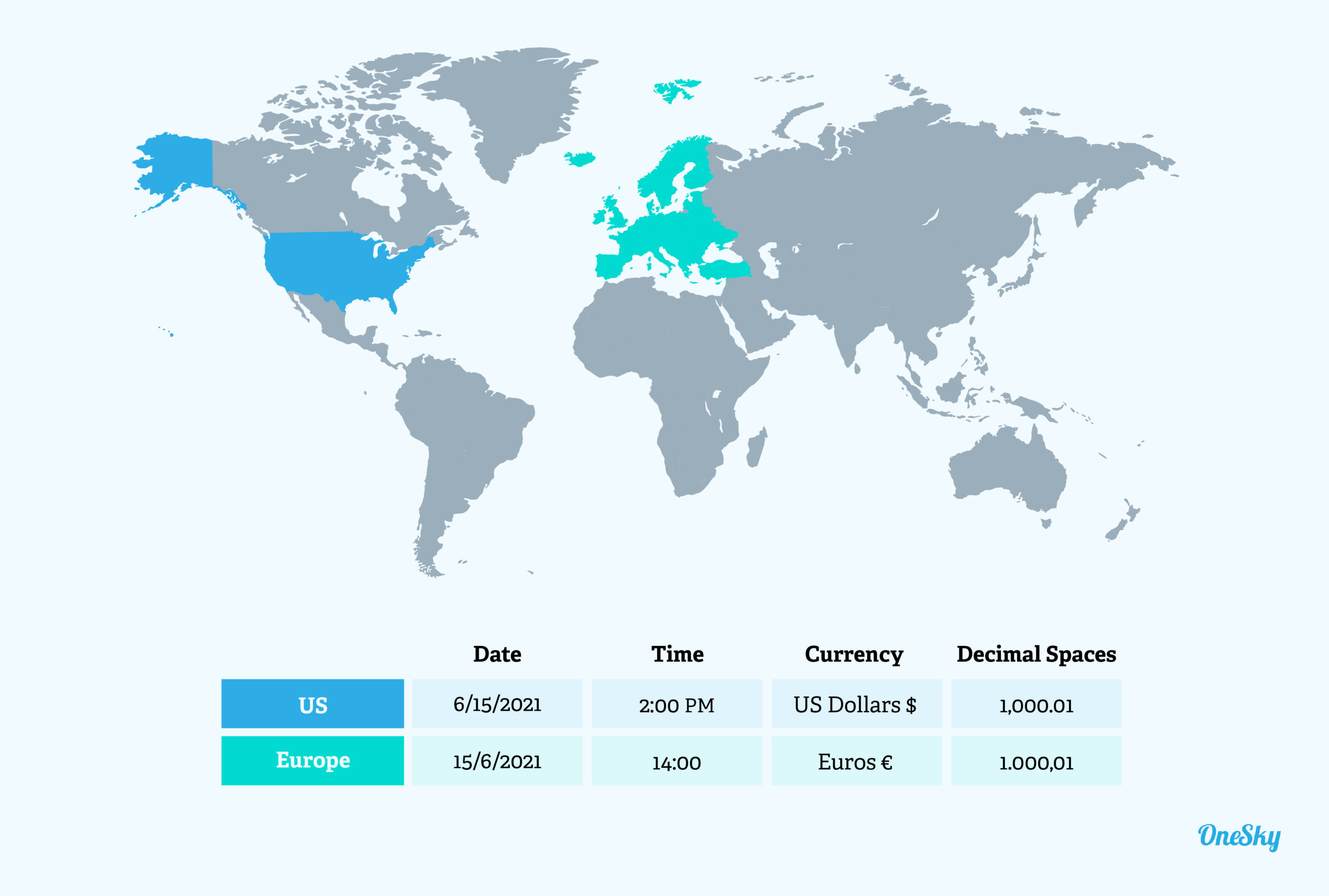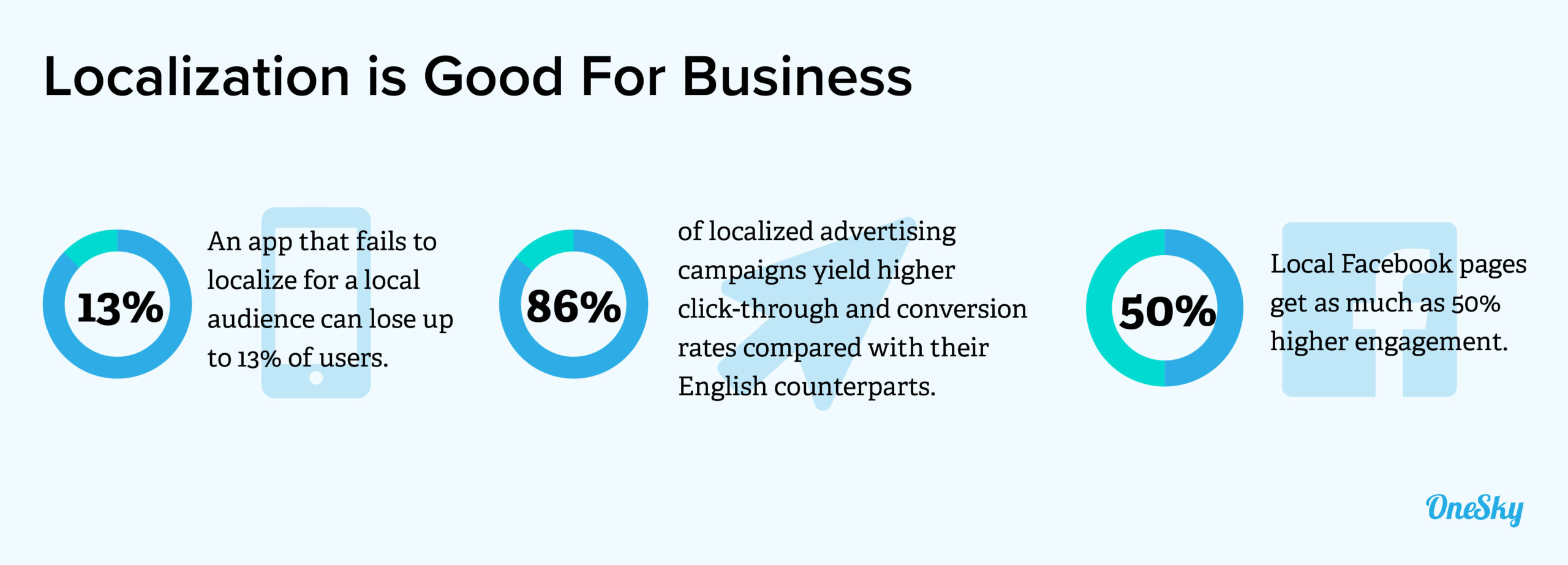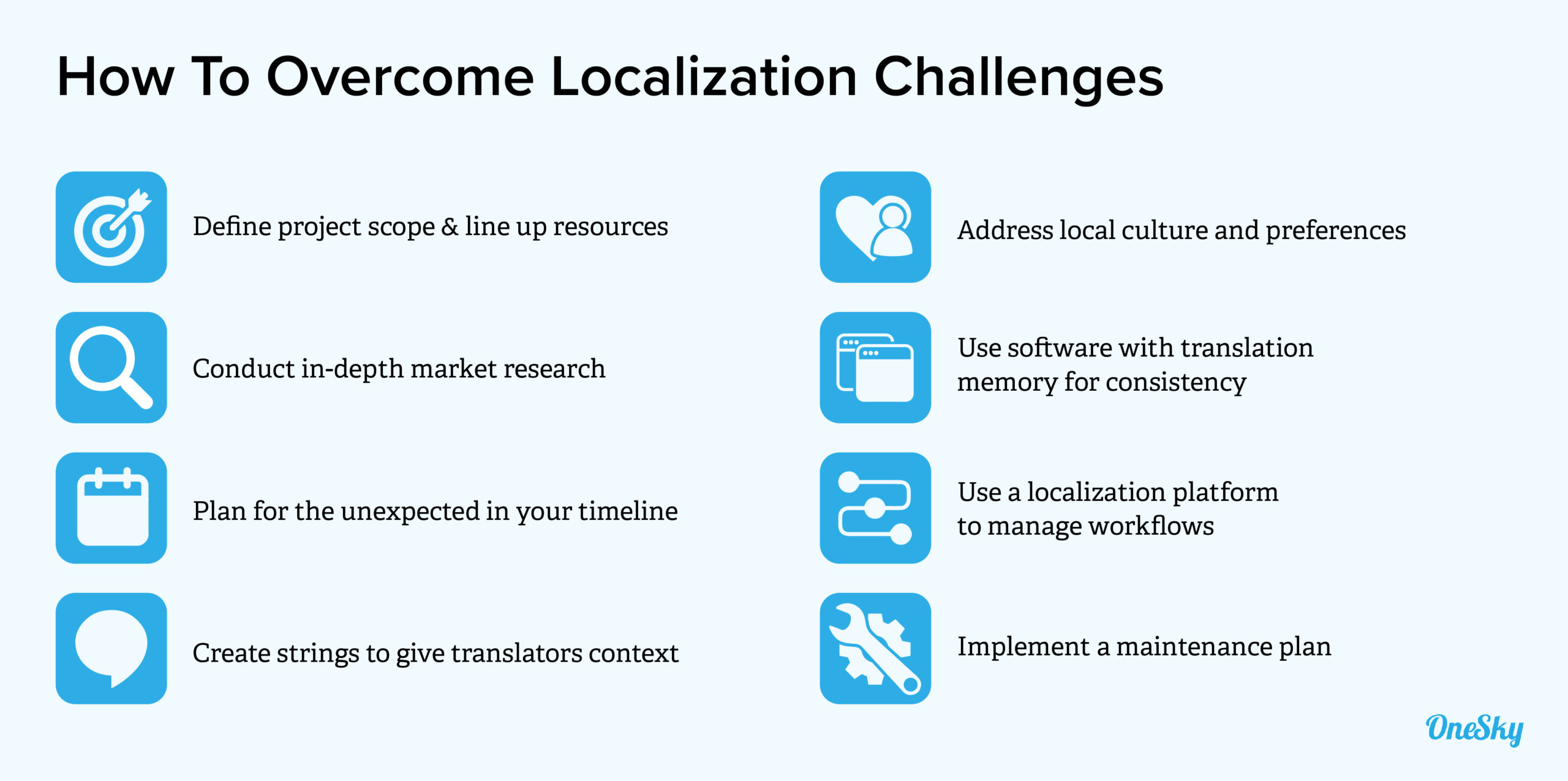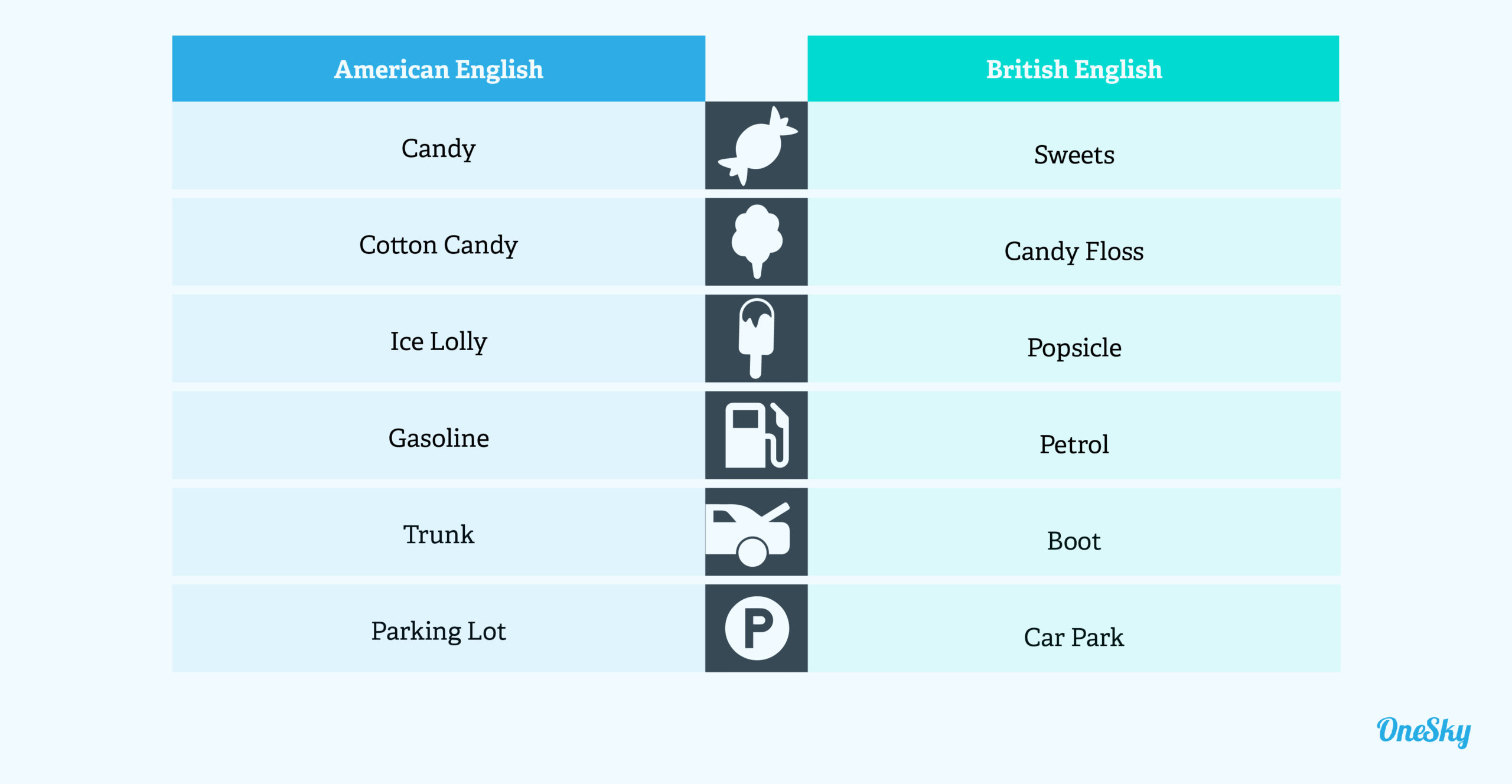10 Reason Why Software Localization is So Tricky
If you have tried to make a software application work in multiple languages for users in different regions (or have pondered doing so), you know how tricky it is to get everything right.
We get it. Software localization can be a monster. In this post, we’ll discuss the top 10 reasons why it’s so hard and what you can do to nail it.
What Is Software Localization, and Do I Really Need It?
First thing first, let’s get on the same page.
Software localization, also called l10n, involves adapting a software application to a specific locale or culture.
Besides translating the content into the appropriate languages, the process involves adjusting various components such as date and time formats, currencies, address formats, input methods, decimal separators, etc. You also need to consider cultural influences that may affect the use of images, symbols, and even brand name connotations.

Software localization is no small undertaking. You should decide if it’s required before jumping in with both feet.
First, you should determine whether your software or app can benefit users outside your current market. Is there a demand in other locales? Is the software relevant to the audience? Your software is a good candidate for localization if it’s region-specific, and you’re looking to expand your user base.
Then, balance the cost and benefits of localizing software.
The Cost of Software Localization
You’ll have to internationalize the software and invest in a localization platform to manage the translation process. You’ll also need a team of experts that consists of developers, a localization manager, translators, QA specialists, and local marketing and legal consultants to cover all the bases.
The Benefits of Software Localization
So, why should you invest in localizing your app? Here are some software localization benefits:
- Increase market penetration and opportunities
- Support market expansion and sales growth
- Speed up time-to-market in new locations
- Gain competitive and first-mover advantage
- Improve brand image in new markets
- Improve customer experience and drive sales
- Reduce cost and mitigate risks

To reap the benefits of software localization, you must manage all the moving parts — which isn’t exactly a walk in the park…
Why Is Software Localization So Tricky?
Why does software localization drive so many people up the wall? Learn these localization challenges so you can prevent them in your project.
1. A Poorly Defined Scope
If you jump into the software localization process without mapping out all the details, you could run into some unpleasant surprises. A well-defined scope helps ensure that you have everything accounted for, so you can assemble the right team and allocate the proper resources to make sure the project goes as planned.
2. Insufficient Market Research
Entering a new market is never an easy feat. It’s even trickier if your target users have different cultural backgrounds, usage habits, or preferences than your current market. If you don’t take the time to understand the local audience, you could miss the mark in your communication or design a user flow that’s frustrating for the local customers.
3. Underestimating Your Timeline
Localization involves many experts and complex workflows, which make the process more prone to errors and delays. If you neglect to plan for the unexpected and add some buffer to the timeline, you could be up against a deadline without the resources you need to hit the milestones and meet the launch date.
4. Tangled Up in Strings
Before localizing your software, it needs to go through an internationalization process (i18n.) Separating the content into strings to accommodate language variation can be a difficult task. Many developers aren’t familiar with how translators work, so they may set up strings in a way that won’t allow translators to reference context when doing their job.
5. Many Cooks In the Kitchen
Staffing and managing a localization team is complicated. It involves different translators, reviewers, marketing experts, and legal consultants for each locale. It isn’t always easy to get everyone rowing in the same direction. Lack of transparency and visibility can cause miscommunication and confusion that can derail your project.
6. Inconsistent Terminologies
Chances are, you’ll have multiple translators working on a project, which makes it more challenging to stay consistent throughout the translation process and maintain the localization effect. If translators aren’t using the same set of terminologies, you could confuse users and impact the user experience.
7. Beyond Translation
Translation is only one part of localization. Your software must take local culture and preferences into account to deliver an optimal user experience. From cultural references and slang to images and color palettes, you have to dial in everything so that the content and user interface design are culturally appropriate and relevant to the local market.
8. Complex Workflows
Different content types (e.g., text, images, videos) require different workflows. Besides translation, QA, and implementation of the translated content, you’ll also need to account for in-market review, user testing, and more. Without a standardized process and a system to manage the steps, things could easily fall through the cracks.
9. Not Keeping Up With Maintenance
While your initial push is important, you can’t sustain the success without a plan to maintain the software for each local market as your roll out upgrades and new features. Not to mention, not paying attention to each market could cause you to miss out on local demand and expansion opportunities.
10. Localization Outside of Code
While internationalization can make the l10n process much smoother, you still need to adjust a long list of elements (e.g., the URL structure, images, graphic elements, SEO, etc.) to adapt to the local conditions. Also, different text lengths and text-flow directions may require adjustments to the user interface after the translated text is implemented.

Top Tips To Nail Your Localization Project
A localization project can be complex, but it isn’t impossible! Follow these localization best practices to nail your project:
- Create a style guide (and use it!): Guidelines on terminologies and design directions help your team effectively adapt content to the local conditions while ensuring a consistent brand image.
- Keep terminologies consistent: If you use different terms in different places, users can get confused and frustrated. Make sure your final content is coherent and speaks to the context.
- Accommodate for different text lengths: The translated text may be shorter or longer than the original content. Your design templates should leave enough space (e.g., 30%) so the longer text doesn’t break the interface.

- Use UFT-8: This is the most common encoding standard and works for almost all languages. You can translate characters automatically to a supported language to streamline the localization process.
- Separate text from graphics: Create separate fields for text and images instead of having both in a single graphic. You can save time by not having to create a new image file for each language.
- Use culturally appropriate images: Making it easy to repurpose graphics doesn’t mean you can just reuse all of them! Images can be interpreted differently in different regions. Make sure your graphics address cultural differences in the local markets.
- Ensure accurate locale selection: This helps you account for country-specific aspects of a language. For example, even though English is spoken in the U.S. and the U.K., users refer to many things differently.

- Work with a local team: It’s critical to use the appropriate slang, references, and even emojis. Have local consultants review the translated content to ensure that it’s indeed getting the point across accurately.
- Test early and often: Review and test the localized software early in the process to identify issues (especially with strings and translation,) so you can fix them before they fester into expensive problems.
- Conduct local user testing: This can help ensure that the user interface and user experience are catering to local preferences and usage habits. You can pinpoint issues specific to the regions and gain insights into your market.
Streamline and Scale Software Localization
If software localization sounds like a handful… it is!
But don’t worry, you don’t have to go it alone or do everything manually.
A localization platform can help you organize your team, streamline workflows, and automate various translation tasks. For example, you can leverage computer-assisted translation (CAT) tools, file management and sharing features, translation memory function, testing tools, and translation management software to improve cost-efficiency and scale up your effort.
OneSky is designed to help you get your localization projects organized, keep everyone on the same page, and automate workflows so you can stay on track and make sure nothing falls through the cracks.
Our end-to-end localization solution covers 50+ languages so you can translate, localize, and test your apps, games, and websites all in one place. See how it works and get started for free today.



 Written by -
Written by - 


 Written by
Written by 


